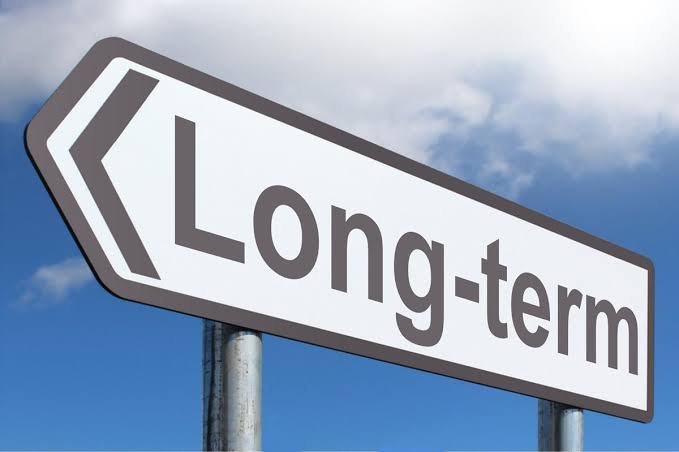Manpower Planning at Different Levels


There are various levels of manpower planning in an industrial enterprise, but each has its own objectives and techniques. It may broadly be carried out at corporate, divisional and plant levels. The purposes of carrying out manpower planning at various levels is the systematic projection of manpower requirements for the future. It is done to determine the effects of anticipated changes in technology markets and products on manpower requirements and training requirements.
A. Manpower planning at lower level. It is better for manpower planning to start at the lowest organisation level and then move upward. There is no doubt that a corporate plan is developed by the body of top executives with the help of corporate staff planners. However, if personnel lower down in the organisation start the planning process, the organisation shall reap the benefits of thinking of persons who are more familiar with the day-to-day problems and will be more interested in fulfilling the plans if they have had a hand in formulating them.
B. Manpower planning at plant level. Manpower planning at the plant level (or other decentralised units such as warehouse, sales office, branch and the like) can be conducted by an operating committee on the basis of past data and future projections. The committee would formulate a manpower plan for the next year, including the number ofnemployees required and the sources which could be utilised to meet these requirements. It would also determine the number of promotable employees for the annual manpower plan. Finally, the committee will evaluate these plans in theblight of expected changes of all kinds within the next five years with the help of manpower planning experts.
C. Manpower planning at highest level. At the highest level, a committee of top executives will review all the plans submitted by the divisional committees and will develop similar plans for the headquarters staff. It will make projections of manpower requirements of various kinds during the next five years. At this level, adequate emphasis will be given to the executive manpower planning because it takes a long time before a person is developed into a better executive. The committee will have at its disposal all the records and statistics regarding employees turnover during the previous years, employees going to retire in future and so on. Past records regarding employees turnover due to death, retirements, resignations, terminations, etc., and absenteeism can be a good guide for manpower planning. After the manpower planning has been done at the top level, it will be integrated with other organisational plans.
Prerequisites for Manpower Planning
The implementation and development of manpower planning need following prerequisites:
1. Goals or Objectives of Business – Every business enterprise has some goals or objectives. The manpower planning must be integrated with business policies as regards tonprofitability, production, sales and development of resources.nAny change in business objectives would certainly affect the manpower planning. For example a company decides to introduce computer system in the Enterprise. This change will affect the manpower planning i.e., company will have to recruit computer operators or it will train its existing employees in computer science. Thus, determination of businessnobjectives clearly in advance is a prerequisite for the effective manpower planning.
2. Support of Top-level management – Manpower
planning must have the initiative and support of top level management. Personnel manager of a staff authority can only advise or guide the top management, he cannot Implement decisions. Action on decisions or suggestions of the personnel manager are to be taken only at the initiative of top executives. Thus support of top management is a must for the effective manpower planning.
3. Well organised personnel department – Manpower planning requires forecasting the requirements and developments of the personnel. For this purpose, there is a need of a well organised personnel department. Personnel department collects. records, analyses, interprets and maintains the facts and figures relating to all the personnels in the organisation.
4. Determination of related personnel policies – Determination of personnel policies regarding promotion, transfer, wages, fringe benefits, training, leaves etc. is a prerequisite for manpower planning. Without these policies manpower planning will be of little use.
5. Responsibility – The responsibility of manpower planning should be assigned to some responsible senior personnel. He should be provided all figures relating to the planning.
6. Fixing Planning Period – Planning is concerned
with problem of future. The planning period is divided into short term and long term. Planning period depends on the nature of the business and the social, economic and political environment. Long-term planning is preferable for basic and heavy industries. Consumer goods industries may not resort to long term plans. The other important factors arenrate of population growth education and training facilities,ncost of training etc.
7. Manpower standards – In order to avoid the problems of overstaffing and understaffing, the optimum manpower standards should be determined on the basis of prevailing standards in similar organisations, past experiences and work measurement. These factors will reduce the cost of production and will increase the quality of production and will help in preparation of manpower plans.




